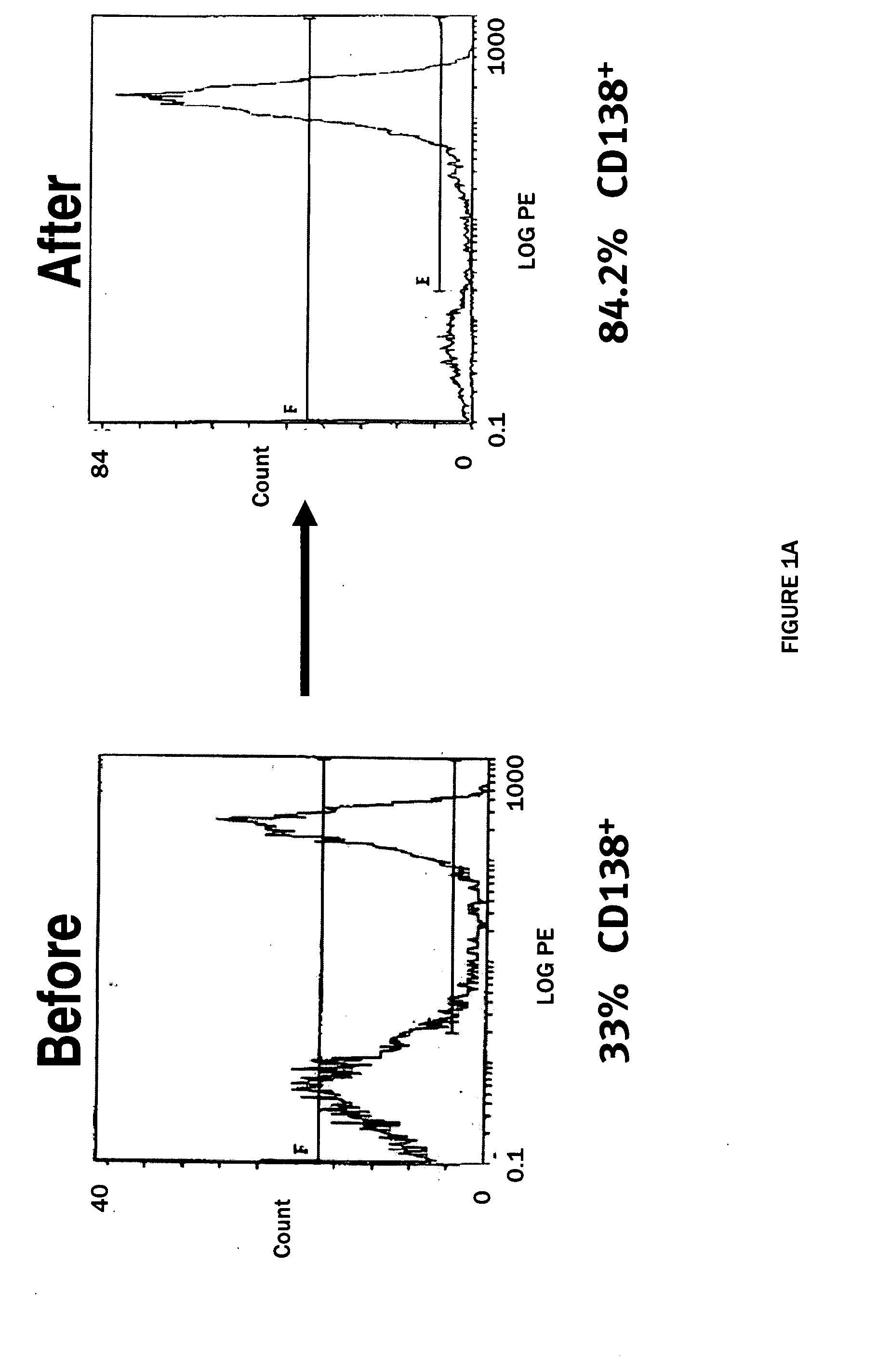Methods for the identification, assessment, and treatment of patients with cancer therapy
a cancer therapy and patient technology, applied in the field of cancer therapy patients identification, assessment and treatment, can solve the problems of apoptosis and therapeutic effect, individual differences in response to therapy, and differential responses that can contribute to the unnecessary, ineffective and even potentially harmful treatment regimen of patients,
- Summary
- Abstract
- Description
- Claims
- Application Information
AI Technical Summary
Benefits of technology
Problems solved by technology
Method used
Image
Examples
Embodiment Construction
[0009] The present invention is based, in part, on the identification of individual markers and marker sets that can be used to determine whether enhanced survival time can be expected by treatment with a proteasome inhibition therapy and / or a glucocorticoid therapy or whether an alternative therapy to and / or a more aggressive therapy with a proteasome inhibitor and / or glucocorticoid inhibitor may enhance expected survival time. For example, the compositions and methods provided herein can be used to determine whether a patient is expected to be a long term or short term survivor to a proteasome inhibition therapeutic agent or a proteosome inhibitor dosing or administration regimen. Furthermore the compositions and methods provided herein can be used to determine whether a patient is expected to be a long term or short term survivor to a glucocorticoid therapeutic agent or a glucocorticoid dosing or administration regimen. Based on these identifications, the present invention provid...
PUM
| Property | Measurement | Unit |
|---|---|---|
| Fraction | aaaaa | aaaaa |
| Volume | aaaaa | aaaaa |
| Volume | aaaaa | aaaaa |
Abstract
Description
Claims
Application Information
 Login to View More
Login to View More - R&D
- Intellectual Property
- Life Sciences
- Materials
- Tech Scout
- Unparalleled Data Quality
- Higher Quality Content
- 60% Fewer Hallucinations
Browse by: Latest US Patents, China's latest patents, Technical Efficacy Thesaurus, Application Domain, Technology Topic, Popular Technical Reports.
© 2025 PatSnap. All rights reserved.Legal|Privacy policy|Modern Slavery Act Transparency Statement|Sitemap|About US| Contact US: help@patsnap.com



